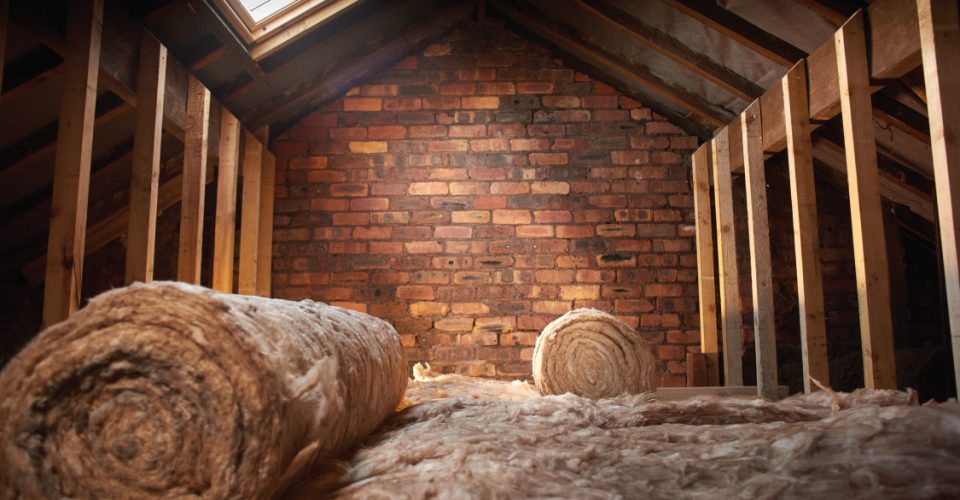Insulating your Loft Conversion
Adding a loft conversion to your home can open up some much needed space or repurpose what was initially a dark and dusty storage space. But what use is that space if it becomes tropical in summer and arctic in winter? Insulating your loft should be your number one priority if you would like a useable space with a consistent temperature so that you can use it all year round.
Many home owners are under the impression that because heat rises, the loft will naturally be a cosy and warm room. Whilst this might be the case, unless the loft is well insulated that heat will continue to rise and escape into the atmosphere.
In the average home, without installation a quarter of heat is lost through the roof, which means you will need to keep your heating on to maintain an even temperature or face a chilly loft space! To keep your energy bills down and the heat in, we’ve compiled some great ideas to keep your loft cosy.

DIY or Trust the Professionals?
If your loft conversion is brand new and carried out by a professional company, you shouldn’t have any problems with damp or condensation on windows, making the installation of insulation fairly straight forward and easy, with some forms being completely DIY friendly if you’re someone who likes to take a hands-on approach.
If you have access to the floor space in any capacity, exposed joists can be insulated with mineral wool which traps the heat as it rises. However, if your loft conversion resembles a completely finished room, you will need to seek professional help.
Professional loft insulators can provide insulation boards which are then covered by plaster board and re-plastered so your room will be as good as new – with the added bonus of it being insulated and warm this time!
However, you may never have to worry about additionally insulating your loft if your loft conversion has been professionally carried out, and you explain to your contractors what you intend to use your loft space for.
Insulation without Construction
In terms of small adjustments you can make yourself without taking up the DIY hammer, there are lots of options available to you. Reduces draughts, helps to keep the heat in and is often overlooked due to its simplicity, the humble draught excluder can be bought from a multitude of outlets, from supermarkets to home furnishing department stores, so you are sure to find one that suits both your tastes and your budget. And whilst you’re blocking drafts from under doors, you will want to ensure that your windows don’t let heat escape either.
Due to the nature of loft conversions, the windows tend to be of the sky light variety and so are not suitable for use with curtains. However, a thick blind designed with insulation in mind can be a great alternative. Many companies specialise in ready-made blinds in a wide choice of colours and fabrics, so you won’t have to compromise on style to capture heat.

